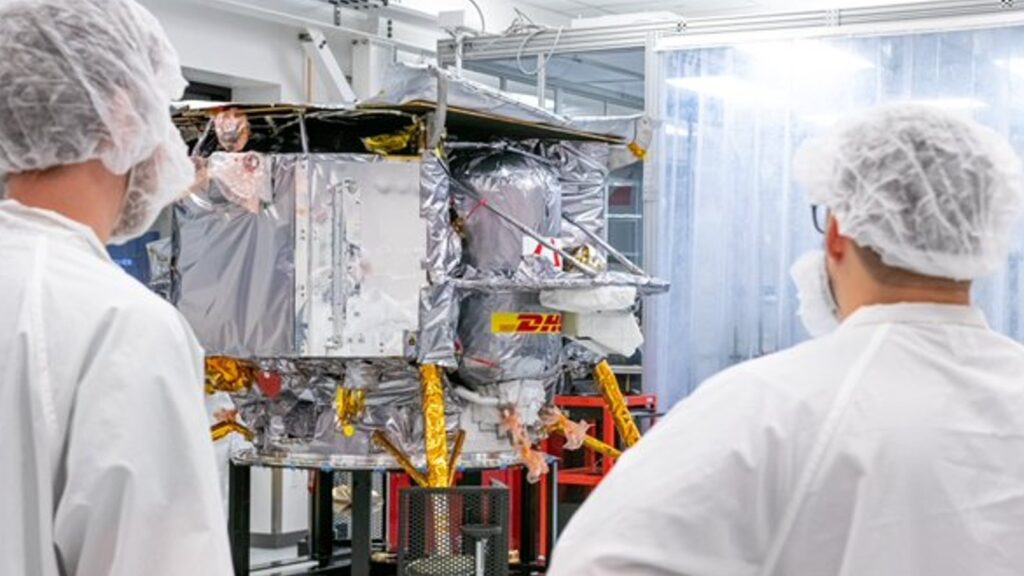On Monday, Jan. 8, Astrobotic Technology, a privately owned aerospace company based in Pittsburgh, Penn. , launched a craft that was supposed to land on the moon.
This is the same company that NASA paid $5. 6 million to develop a shoebox-sized MoonRanger rover a few years back. The launch of the Peregrine, however, is much more significant as it represents the first time in five decades that a commercially-built American lander was sent to the moon.
The event initially seemed to be a success, but much has not gone according to plan in the hours since. Reports are coming out that the engineers at Astrobotic have been struggling to keep the robotic moon lander properly oriented. “After successful propulsion systems activation, Peregin entered a fully operational state,” Astrobic claimed in a statement on X following the launch.
“Unfortunately, an anomaly occurred, which prevented Astrobotic from achieving a stable sun-pointing orientation. ” The company then went on to note that the team is working the problem in real time and would continue to provide updates as the situation unfolds. Those who have been following the event might be interested to know exactly what went wrong with this historic launch.
Here’s everything we know so far. While Astrobotic’s initial comments about what went wrong were less than specific, there have been several updates in the hours since. It now seems like the team is starting to get an idea of what went wrong.
The second update after Astrobotic’s original statement indicated that the lack of proper orientation was caused by a “propulsion system anomaly. ” On top of this, it also raised concerns that the craft’s battery was reaching low operational levels. The team performed a maneuver to reorient the solar panels toward the sun, but the Peregrine was due to enter a region known for communication outages, so it wouldn’t know if the maneuver worked until it reached the other side.
The third update claimed that Astrobotic successfully re-established communications after the blackout and that the battery was indeed being re-charged. The team was planning to continue to evaluate the source of the problem, but a fourth update came with bad news . It stated that the failure within the propulsion system caused a “critical loss of propellant” and that the team was working to stabilize the loss, but implied that the mission itself would not be able to go forward as planned.
The post noted that Astrobotic’s engineers were now focusing on gathering as much scientific data as possible. That wasn’t the end of the story though. The fifth and most recent update from Astrobotic showed a picture of the Peregrine from a camera mounted on top of one of the payload decks.
The image reveals what the post identifies as Multi-Layer Insulation (MLI) in the foreground. It appears damaged and crumpled. Astrobotic states that, “The disturbance of the MLI is the first visual clue that aligns with our telemetry data pointing to a propulsion system anomaly.
” While it is still unclear what caused the damage to the MLI, it seems the team is close to zeroing in on the source of the problem. Salvaging the Peregrine’s mission appears unlikely at this point, but figuring out what went wrong could potentially help mitigate similar problems in future launches. Astrobotic has asked for patience as its engineers have been working for over 24 hours.
The company promises that it will have more updates as it continues to collect information. .
From: slashgear
URL: https://www.slashgear.com/1488066/astrobotics-moon-lander-failure-explained/
